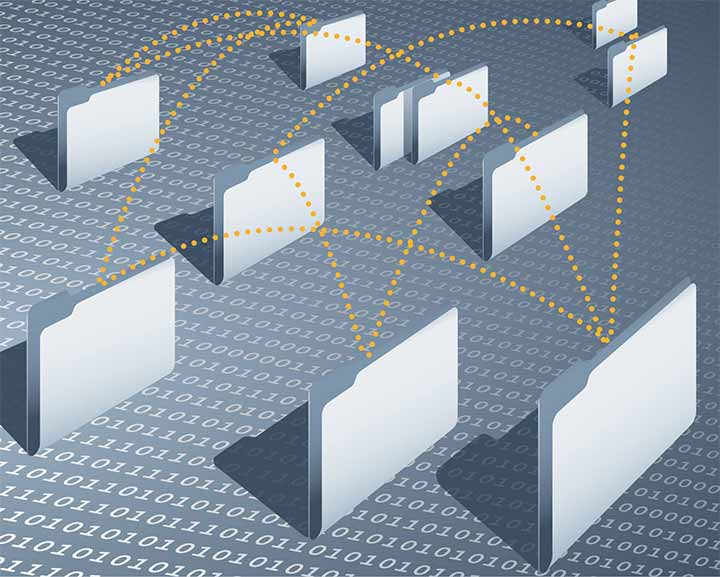

Yugandhar Sarraju
Realizing SDN – ODL
About two years ago, SDN was a buzz in the industry with early adopters conducting PoCs to create overlay networks within the data center, or provisioning WAN bandwidth in core networks. Just about a year ago, SDN realization started in its true sense, and now realizing SDN using OpenDayLight (ODL), rather SDN – ODL, has become an industrial practice. In the interim, SDN vendors tried home-grown solutions, made acquisitions in search of SDN solutions, and showcased several PoCs and demonstrations; but a single SDN platform that Telcos could rely on to cover use cases across data center, edge and core network domains still remained elusive.
Convergence of SDN – ODL:
Finally, network equipment vendors seem to have converged on to a single platform called OpenDaylight (ODL). They converged for the right reasons, starting from expertise, responsiveness, openness (avoiding proprietary stuff) to the power of many working together to deliver functionality at an accelerated pace.

Stages of SDN – ODL:
Talking of expertise, one can find both networking and technology experts on one stage in ODL. Each and every technology has been hand-picked for the right reasons starting from OSGI for modularity to Akka framework for clustering and providing security at all layers of the product. Not to miss out, one of the smartest technical moves by ODL was the introduction of YANG models which creates necessary device abstractions and Model driven Service Abstraction Layer for plumbing. This wealth of expertise made ODL more of a platform to exchange ideas rather than just a SDN controller framework.
Responsiveness of SDN – ODL:
On responsiveness, the ODL community acts like an answering robot, quite fast and accurate. In fact, people often get answers with multiple views, providing more valuable inputs than they intended to ask, thereby making life easier for developers. Developers are not only provided code, but provided enough technical presentations, samples and recordings so that even if you are new to ODL, you can start off with confidence and provide your contributions back to the community. The ODL developer base at this point of time, is large and growing every day.
ODL is sprinting fast and it has transformed itself quickly in cutting its second birthday cake. This transformation has made several companies which hesitated at the beginning, to come back and re-join the party and enjoy success like never before.
Drawbacks of SDN – ODL:
Just like any other major open source movement, ODL has critics too. It is yet to be deployed in scale. It faced a few initial glitches with security vulnerabilities, but the community responded fast, and responded well by setting up a team that provided patches quickly. One thing to be aware is that ODL is still an open source framework and it is available for SDN vendors to harden it (much like Linux), and build Apps on top of ODL to meet the requirements of their customers. It is like an oven – you need to provide the right kind of dough and enjoy the taste.
ODL has not only transformed the networking industry but transformed the way people perceived open source. OpenDaylight is like investing in Mutual Fund rather than Equity as we have several industry experts building the platform for you. So, if Knowledge is SDN, then intelligence is in using OpenDayLight.





